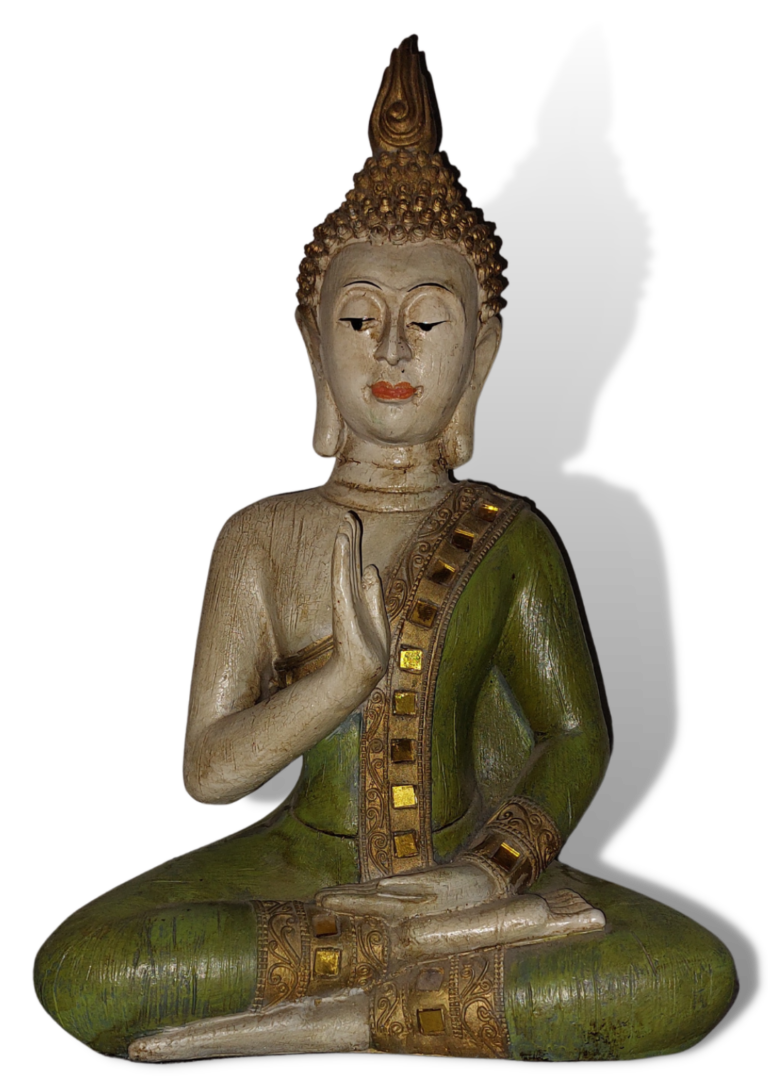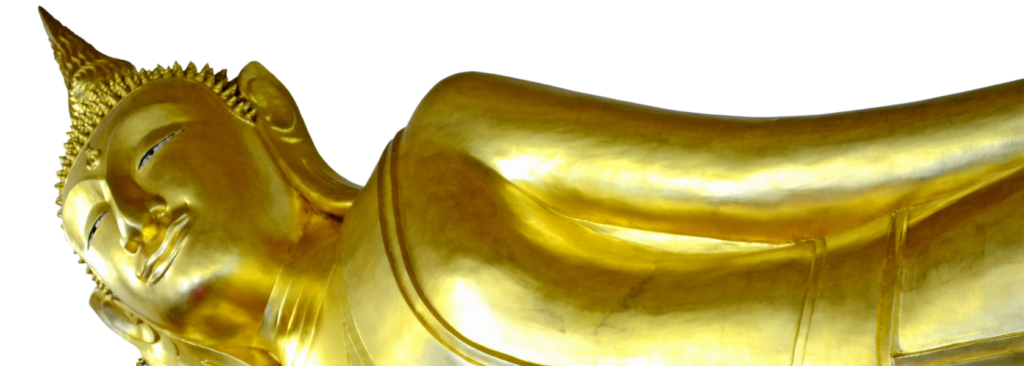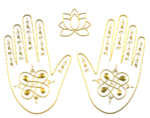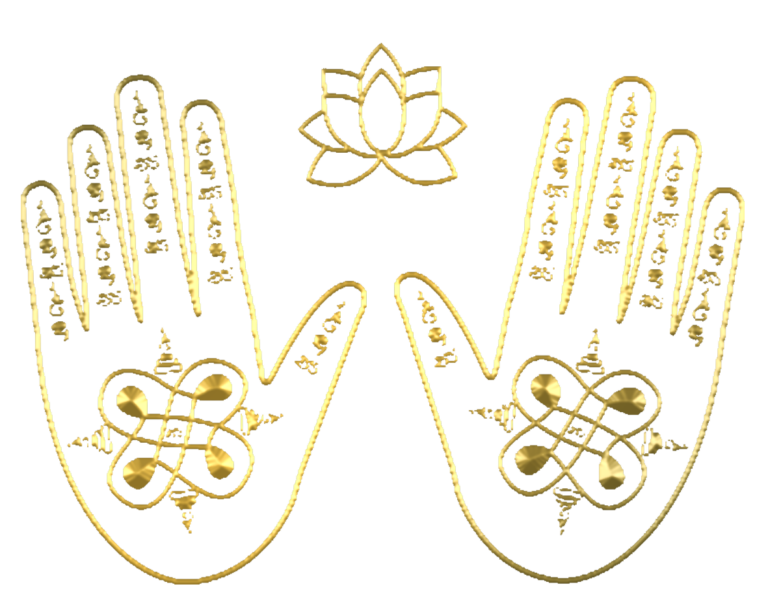A HISTORY OF THAI MASSAGE AND THAI MEDICAL TRADITION
Traditional Thai Massage
Traditional Thai Massage of Nuat Phaen Boran (นวด แผน โบราณ) is one of the world’s oldest medicinal methods. The history of Thai massage and the Thai medical tradition are closely linked to each other with the history of Thai massage going back about 2500 years. Also because of the positive effect for mind and body, Thai massage has become world -famous and remains an important part of the Thai medical tradition.
Effective
Thai massage has also proven very effective in preventing and resolving both physical and psychological complaints. It stimulates both blood circulation and the lymph system and ensures relaxation of body tissue. Your body is rebalanced, increasing energy and your immune system is conditioned. These positive effects maintain Thai massage as an important part of the Thai medical tradition.
Medicine
You will also see certain techniques of this massage in other traditions and so they may seem familiar. The movements are similar to the Asanas of Yoga, with attention to the pressure points on Nadis from Ayurveda and the meridians from Chinese medicine.

History of Thai Massage and the Thai Medical Tradition
The development of Thai massage started in India and came to Thailand around the 3rd or 2nd century B.C. with the Buddhist monks. It is thus an old Thai treatment that together with spiritual forces, herbs and food can not only heal the sick, but can also keep healthy people healthy.
In old Thailand, the population saw disease as an imbalance in the body or mind and sought help in the local temple. They were treated through the four elements of traditional medicine: spiritual support, the correct food, herbs and massage.
According to this doctrine, not only the body but also the mind feels liberated. This complex coherence, namely the unbreakable connection of body and mind, has its roots in Buddhism. This makes Thai massage an important part of both the Thai medical and spiritual tradition. Thai Massage techniques have thus been passed down from generation to generation, having been originally drawn on palm leaves. Much of the knowledge of this massage, however was almost lost in the destruction of the old Thai capital, Ayuthaya in 1767.
Founder of the Thai massage: Dr. Shivago Komarpaj
According to tradition Shivago Komarpaj is the founder of Thai massage and was the personal physician of the Buddha. Through the interaction of language and dialect he is also known under the names: Jivaka Kumar Bhaccha, Jivaka Komalaboat, Jivaka Komarabhacca and Jivaka Amravana.
Whichever name is used Thai massage practitioners honor their founder. He was a contemporary of the Buddha and the doctor of the Magadha King Bimbisara, and also of the spiritual community (Sangha). He is mentioned in the old writings of Theravada Buddhism and many Thai people honor him as the “Father of Medicine”.
A ritual ceremony is performed at the beginning and end of every day in Thai traditional schools, including a prayer in Pali Language (Wai Khru). His early practitioners were closely linked to spiritual teaching, after all, they were the monks who lived in the temples. Just like the Indian Ayurveda, Thai massage developed as a healing art based on a holistic approach, including herbs, minerals and steam baths.
The teachings of Dr. Shivago Komarpaj probably arrived in Thailand in the 3rd or 2nd century B.C., simultaneously with the rise of Buddhism. There is a significant parallel to the Indian system of yoga in its theoretical basis, while both are based on the concept of invisible energy lines that run through the ethereal body.
The positions and movements were influenced in other areas by Yoga King Rama I and III. The roles of King Rama I and King Rama III have been important in retaining Thai medical traditions. King Rama I commissioned artists and sculptors to capture the basis of this tradition in stone and portray them on the walls of the Wat Pho Temple in Bangkok.
Later in 1832, King Rama III commissioned a school for traditional Thai medicine in the temple. He also installed images in yoga positions. Thai massage in particular was an important part of this.

De Wat Pho temple – Bangkok
On visiting this same pho temple in the Thai capital Bangkok, these images can still be admired today. The Pho Complex consists of two walled sections either side of Thanon Chetuphon – Chetuphon Road. The reclining Buddha and the massage school are located in the northern part. The Buddhist monastery with accommodation and a school are in the southern part. In the shadow of the giant reclining Golden Buddha which is 15 meters high and 46 meters long, one finds the remains of the school for traditional Thai medicine from the 18th century.
School for Traditional Thai Medicine
On the walls you can still see the images with the instructions for the students. Anatomical images show, among other things, where the energy points of the human body are. The students learned these rules by heart. In addition, the statues served as an example for yoga positions. This age old tradition is still continuing in the temple today.
Thai massage today
Although massage was traditionally practiced by monks in Buddhist temples, the profession is no longer limited to the temple environment. Thai Massage is now practiced everywhere in Thailand. At massage schools, in hospitals, in hotels, on the beach and now also in Kruibeke (Belgium)
Since it can be the remedy for many complaints, Thai massage is still an important part within the medical system of Thailand.
EXPERIENCE THAI MASSAGES IN OUR SALON
Sawasdee ka
Thai massages prevent and remedy both physical and psychological symptoms and stimulate blood circulation and the lymph system which rejuvenates your energy. In particular, chronic fatigue, back and neck complaints, headache, stiff muscles and joints and poor blood flow are all complaints that can be remedied by a massage. Initially it revitalizes the tissues (skin, muscles, nerves and joints) and improves blood circulation. These factors can fight stress and reduce feelings of depression.
The above complaints can be a reason to take not only a relaxing but also a treatment massage. Your body needs a massage occasionally both to relax and combat complaints.
Yours sincerely,
Chonratsamee Frank

